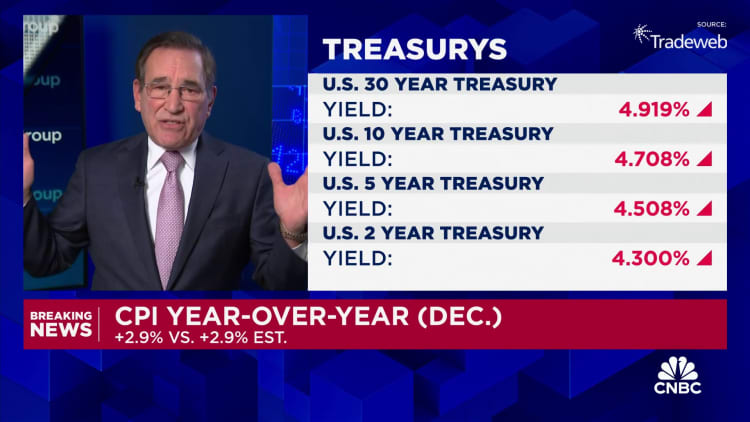Finance Minister Nirmala Sitharaman on Saturday pegged fiscal deficit, the difference between expenditure and income, to 4.4 per cent of GDP (gross domestic product) for fiscal year 2025-26.
She also lowered the fiscal deficit target to 4.8 per cent of GDP for the current financial year, against 4.9 per cent estimated earlier.
Under the revised Fiscal Responsibility and Budget Management (FRBM) Act 2003, the government is mandated to reduce the fiscal deficit below 4.5 per cent by FY26.
Sitharaman also announced a fiscal roadmap for the next six years.
“Our endeavour will be to keep the fiscal deficit each year such that the Central Government debt remains on a declining path as a percentage of the GDP.
“The roadmap for the next six years has been detailed in the FRBM statement,” she said.
The revised estimate of the total receipts other than borrowings is ₹31.47 lakh crore, of which ₹25.57 lakh crore is net tax receipts, she said, adding that the revised estimate of the total expenditure is ₹47.16 lakh crore, of which about ₹10.18 lakh crore is capital expenditure.
For 2025-26, in absolute terms, the fiscal deficit has accordingly declined to ₹15.69 lakh crore, against ₹15.70 lakh crore estimated earlier for the current financial year. “To finance the fiscal deficit, the net market borrowings from dated securities are estimated at ₹11.54 lakh crore.
“The balance financing is expected to come from small savings and other sources. The gross market borrowings are estimated at ₹14.82 lakh crore,” she said.
Debt-GDP roadmap
Per the new roadmap for the next five years, the government aims to bring down the debt-GDP ratio to about 56 per cent by the end of FY26.
The glide path takes into account different scenarios for the next five years, with debt-to-GDP ratio as the anchor.
The government would endeavour to keep fiscal deficit in each year (from FY27 till FY31) such that the central government debt is on a declining path to attain a debt-GDP level of about 50+/- 1 per cent by March 31, 2031 (the last year of the 16th Finance Commission cycle), Sitharaman said during an interaction with the media after the Budget presentation in the Lok Sabha.
“The path is very clear. The debt-GDP ratio will be on a declining path, depending upon what growth rate, stimulus measure or further consolidation measures would be needed,” she said.
This approach would provide the government the requisite operational flexibility to respond to unforeseen developments.
At the same time, it is expected to put the central government debt on a sustainable trajectory in a transparent manner.
shift in standards
The Budget document said that the choice of the debt-to-GDP ratio as the fiscal anchor is in line with current global thinking.
It encourages a shift from rigid annual fiscal targets towards more transparent and operationally flexible fiscal standards.
It is also recognised as a more reliable measure of fiscal performance, as it captures the cumulative effects of past and current fiscal decisions.
It is expected that the debt-to-GDP based fiscal consolidation strategy would help rebuild buffers and provide requisite space for growth-enhancing expenditures, the document said.














